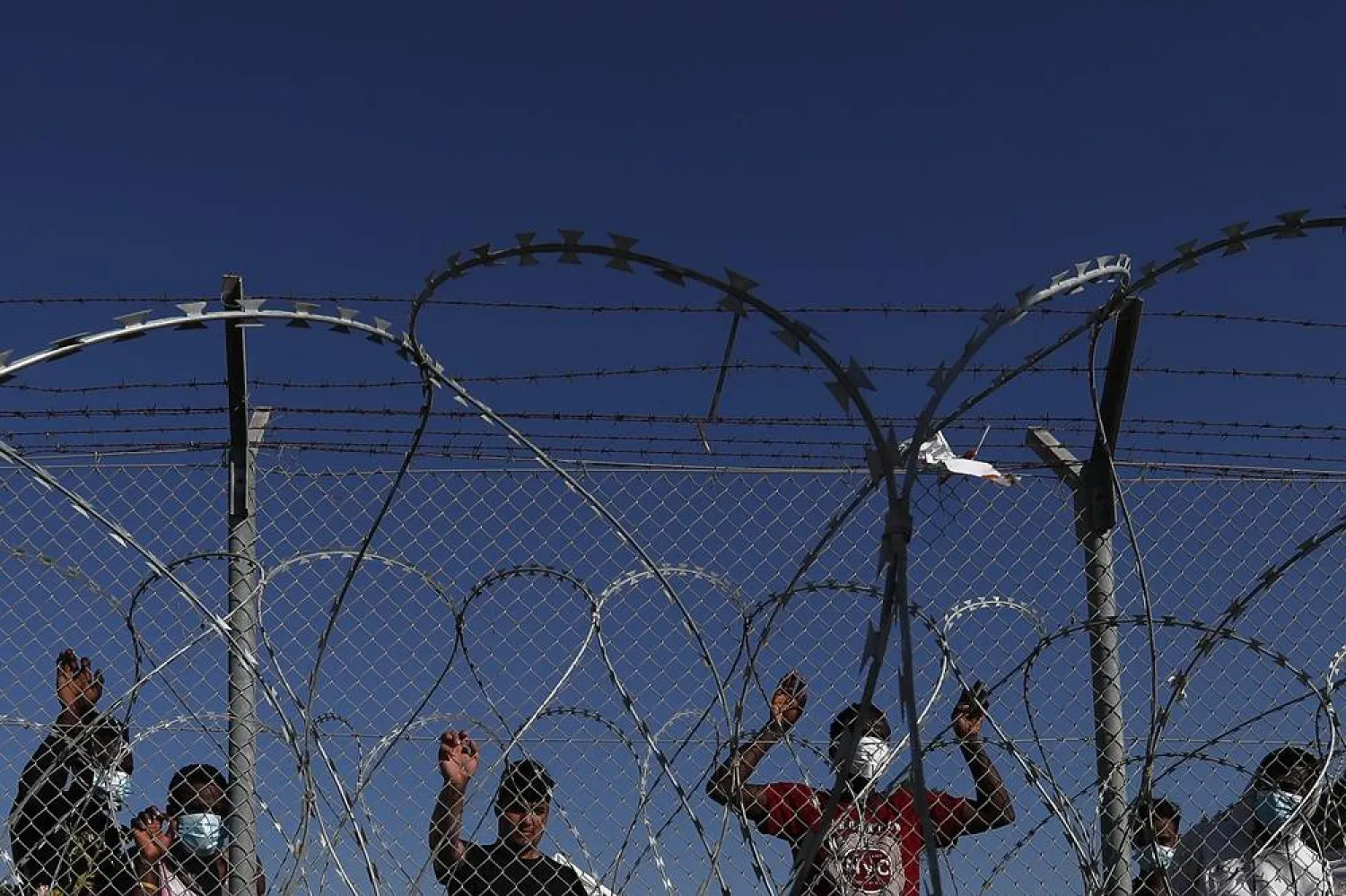Morocco’s Interior Minister Abdelouafi Laftit said his country took necessary and precautionary measures in its fight against the COVID-19 pandemic, which yielded positive results.
However, he warned that there remains a danger as long as the virus continues to spread, even if controlled, among citizens and around the world.
Laftit was speaking at a session of the House of Representatives during which he called for strict adherence to all the precautionary measures, namely social distancing, hygiene, and wearing of masks.
“The strategy adopted by Morocco to curb the spread of COVID-19 is based on measures aimed at safeguarding public health and strengthening social and economic aspects during the various phases of the fight against the pandemic,” the minister said.
Laftit pointed out that the pandemic tested the efficiency and effectiveness of administrative institutions, as well as the values of the Moroccan society. He praised the national widespread solidarity and mobilization towards the initiatives of public authorities.
Morocco was fast in taking proactive measures to preserve the health of the citizens, making it a top priority and major national choice.
Meanwhile, government spokesman Saaid Amzazi announced that the government will soon ease its restrictions and resume industrial and commercial activities to revive the national economy and limit the economic and social repercussions of COVID-19.
“The government has decided to gradually ease the quarantine measures according to zones and over phases, taking into account the evolution of the epidemiological indicators which have witnessed a positive trend to date”, Amzazi said in a statement to MAP.
These indicators are based on the number of new confirmed cases, whose rate remains very low despite the increase in the number of screening tests performed in the country that reach more than 17,000 per day, and the continuous decrease of active cases at the national level.
“Besides, the reproduction rate of the virus has reached a very reassuring level,” the spokesman explained, stressing that the set goal has been achieved nationally.
Amazazi added that the results of the evaluation will enable the reclassification of the provinces and zones either by including employment in Zone 1 instead of Zone 2 or vice versa.
The minister also recalled the differences between Zone 1 and Zone 2, announced during the state of emergency extension on June 9.
Zone 1 contains regions where the situation is “completely under control.” The zone includes seven regions and 59 prefectures and provinces, representing 80 percent of Moroccan regions and provinces, 95 percent of Morocco’s territory, and 61 percent of the population.
Zone 2, where the situation is partially under control, includes five regions and 16 provinces and prefectures but hosts approximately 87 percent of the country’s COVID-19 cases.
The government would also ease quarantine measures, thus lifting restrictions on many facilities and activities.
This will enable entering the second stage during which the country will allow domestic tourism, some gatherings with limited numbers, as well as cultural and sporting activities.







